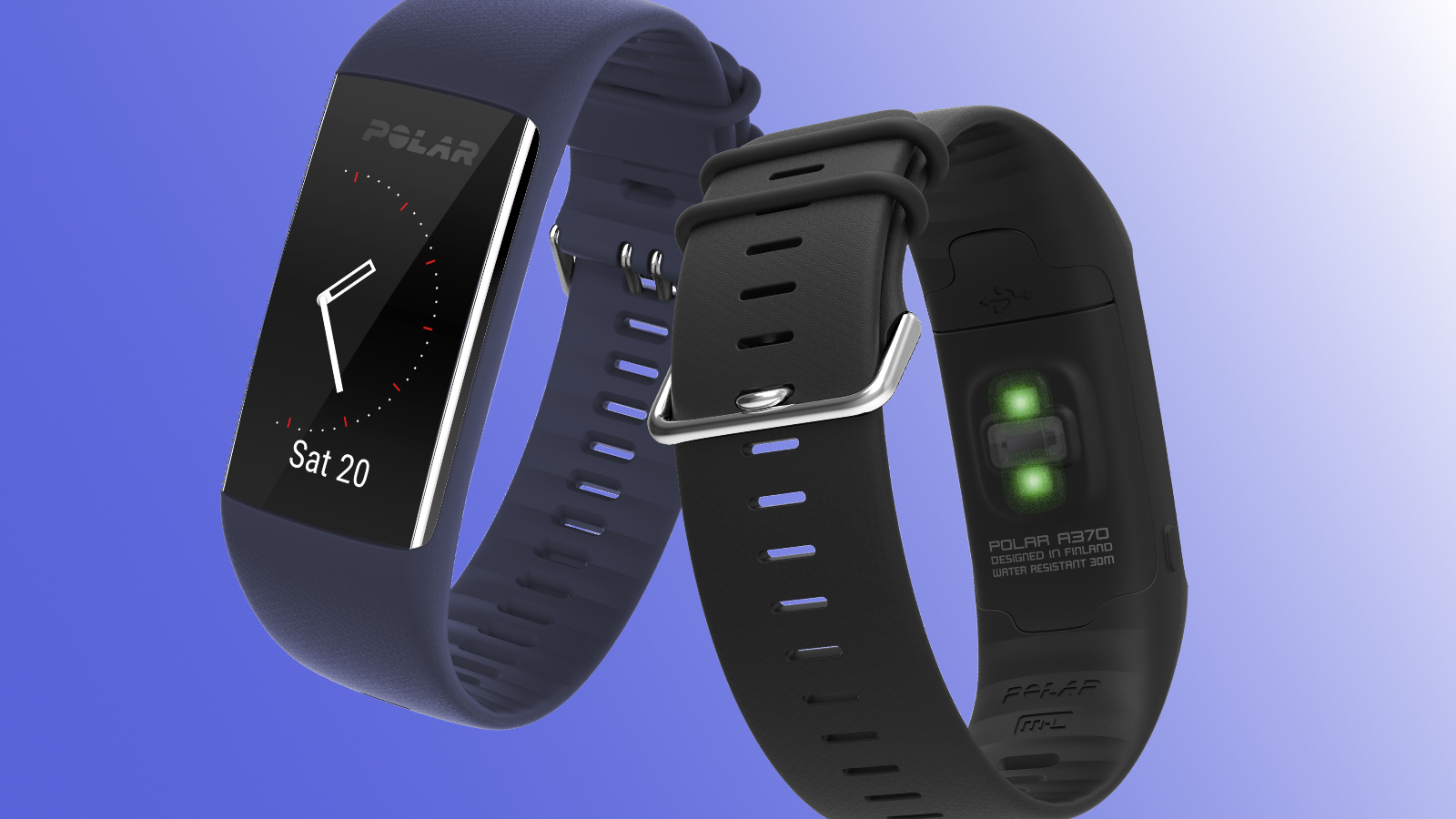The Polar A370 takes on Fitbit in more ways than one
A smart, sporty, stylish wearable

Polar has reputation for giving its users tons of useful metrics to stay the path to better health. And its latest product, the Polar A370, looks to do just that in addition to being the company’s best looking wearable to date.
The A370 is going straight for the Fitbit crowd with a design that’s reminiscent of the Fitbit Charge 2, but Polar’s own ever-improving design ID is apparent here, too.
Front and center on the wearable is the glass-covered color display, which appears to only orient vertically, much like the Samsung Gear Fit 2. Rimmed with silver trim and vibrant band color options, the A370 yields a premium look and comes with premium features, like waterproofing, continuous heart rate tracking and a smarter-than-your-average accelerometer. Best of all, it will arrive with a price that’s not too sharp to swallow at $179 (about £137, AU$238) when it releases in June
Unlike most fitness trackers, Polar’s aren’t just about measuring your exertion or bugging you every hour when you’re not on your feet. They also emphasize the importance of recovery, which is a metric that the A370 and Polar’s surprisingly excellent companion app are more than happy to help you balance.

Polar goes deep
Here’s the part where you’re asking “so, how is this different from other fitness trackers?”
Trouble is, that’s becoming an increasingly tricky question to answer because it partially depends on your level of activity. Yet, Polar sticks out among the rest with its smart coaching feature that works just as well with a workout newcomer as it does with a veteran marathoner.
In addition to guiding you through fitness activities and the recovery time in between, the Polar A370 employs a few interesting tricks to help you maximize your workout yields. On its bottom, there’s a heart rate tracker that continuously tracks your heart’s rate of pumping.
Get daily insight, inspiration and deals in your inbox
Sign up for breaking news, reviews, opinion, top tech deals, and more.
Even cooler, the wearable kicks on its accelerometer during intense workouts so that it can gather a high-res reading of your heart while you’re throwing your limbs around violently. Providing accurate metrics while hustling is an area where many wearables fall flat, so we’ll need to see if the A370 can walk the walk when it releases in June.
Lastly, there’s a new measurement added to the mix called Polar Sleep Plus, which measures your wrist movements during sleep with the accelerometer and an algorithm called polysomnography. It’s a type of sleep study that looks for sleep issues by tracking your heart rate and your movements during rest, among other things. With this feature built into the wearable, you’ll ideally learn much more about your sleep patterns and have the information you need to improve.
Polar’s app is compatible on both iOS and Android, so no matter your phone, the A370 could be your next wearable if style and smart tracking abilities are high up on your list.
Cameron is a writer at The Verge, focused on reviews, deals coverage, and news. He wrote for magazines and websites such as The Verge, TechRadar, Practical Photoshop, Polygon, Eater and Al Bawaba.
